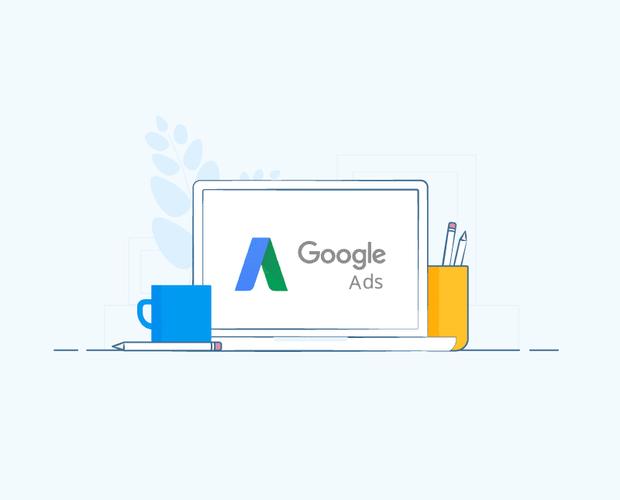Understanding Google Ads: A Comprehensive Guide
Google Ads, formerly known as Google AdWords, is a powerful online advertising platform developed and operated by Google. It allows advertisers to display ads across various Google platforms, including search results, YouTube, and partner websites, to attract potential customers and promote their products or services. Whether you’re a small business owner or a marketing professional, understanding how Google Ads works can significantly impact your advertising efforts. Let’s dive into the details.
Creating Your Google Ads Account
To get started with Google Ads, you need to create an account. Visit the Google Ads website and sign up using your Google account. Once you’ve created your account, you’ll be prompted to set up your first campaign. This involves choosing your campaign type, setting your budget, and selecting your target audience.
Choosing the Right Campaign Type
Google Ads offers several campaign types, each designed to help you achieve different advertising goals. Here are the most common types:
| Campaign Type | Description |
|---|---|
| Search Campaign | Text ads that appear on Google search results pages when someone searches for keywords relevant to your business. |
| Display Campaign | Visual ads that appear on websites and apps within the Google Display Network, reaching a broader audience. |
| Video Campaign | Video ads that play on YouTube and other Google-owned properties. |
| Shopping Campaign | Product listing ads that show your products and prices on Google Shopping and search results pages. |
Setting Your Budget and Bidding Strategy
One of the key aspects of Google Ads is setting your budget and bidding strategy. You can choose to set a daily budget or a lifetime budget for your campaign. Additionally, you’ll need to decide how much you’re willing to pay for each click or impression. Google Ads offers several bidding strategies, including manual CPC (cost-per-click), automated CPC, and more.
Targeting Your Audience
Reaching the right audience is crucial for the success of your Google Ads campaign. You can target your audience based on various factors, such as location, language, device, and interests. Google Ads also allows you to create custom audiences using demographics, interests, and other criteria.
Creating Compelling Ad Content
Your ad content is what will capture the attention of potential customers. When creating your ad, keep the following tips in mind:

- Use a clear and concise message that highlights your product or service’s unique selling proposition (USP).
- Incorporate strong call-to-action (CTA) to encourage users to take the desired action, such as visiting your website or making a purchase.
- A/B test different ad variations to determine which performs best.
Optimizing Your Campaign
Once your campaign is live, it’s essential to monitor its performance and make adjustments as needed. Here are some tips for optimizing your Google Ads campaign:
- Analyze your campaign’s performance regularly to identify areas for improvement.
- Use negative keywords to exclude irrelevant traffic and improve your ad’s relevance.
- Adjust your bidding strategy based on the performance of your keywords and ad groups.
- Update your ad content regularly to keep it fresh and engaging.
Measuring Success with Google Ads
Google Ads provides various tools and metrics to help you measure the success of your campaign. Some of the key metrics to track include:
- Click-through rate (CTR): The percentage of people who clicked on your ad after seeing it.
- Conversion rate: The percentage of people who completed a desired action, such as making a purchase or filling out a contact form.
- Cost per conversion: The average amount you pay for each conversion.
Conclusion
Google Ads is a versatile and powerful advertising platform that can help you reach your target audience and achieve your marketing goals. By understanding the basics of Google Ads, choosing the right campaign type, setting a budget, and optimizing your campaign, you can create effective ads that drive
